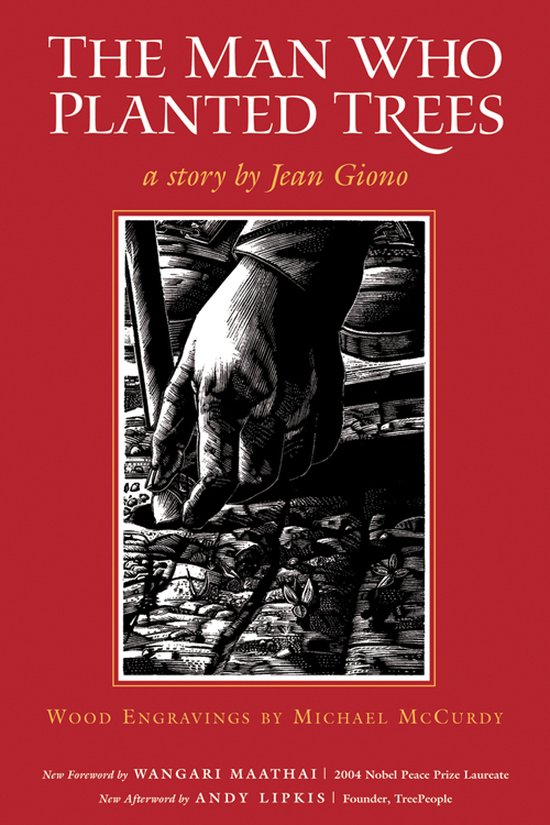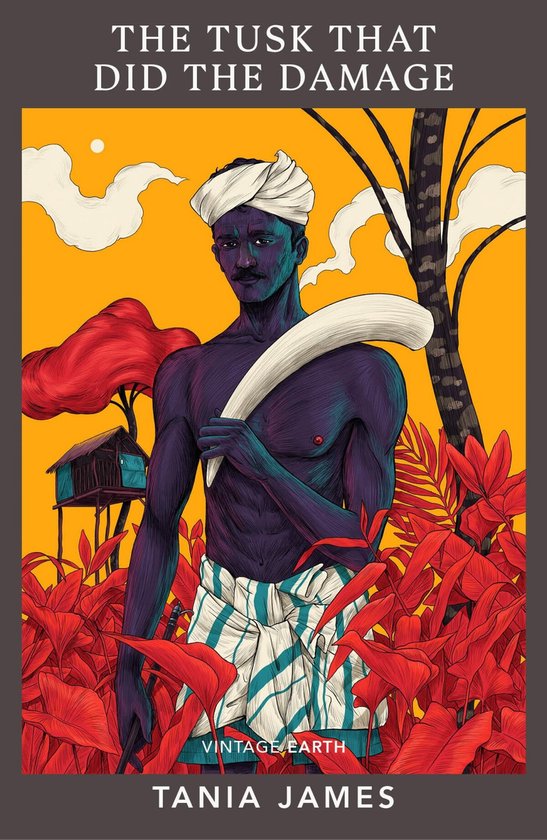
The Man Who Planted Trees
► With the Oghamic symbols of the Celtic alphabet of trees used by the Druids
► Full and faithful translation of the original text
► With more than 60 illustrations
New unabridged illustrated edition with more than 60 illustrations and the Celtic alphabet of trees, the Ogham.
The Man Who Planted Trees is the story of a shepherd (later a beekeeper) who, with constant effort, manages to single-handedly reforest an arid valley at the foot of the Alps (near Provence, close to the village of Vergons) in the first half of the 20th century.
The story begins in 1913, when the young narrator undertakes a hike on the Provençal slopes of the Alps. A deserted, treeless valley where only wild lavender grows. Running out of water, the boy meets a shepherd with his flock of sheep, who offers him water from his canteen. The man lives alone, isolated from the rest of the world and spends his days planting trees. The two become friends and the protagonist returns to visit him regularly for the rest of his life.
The story is so touching that many readers believed that the protagonist Elzéard Bouffier was a real-life character and that the narrator was Jean Giono himself, and that the story was therefore partly autobiographical.
A similar case that really happened is that of Ambroz Haračić who, as a pensioner, planted all the maritime pines on the island of Lošinj in the rocks, transforming it into the tourist resort it is today. His grateful fellow citizens dedicated a statue to him, which is now placed in the Cikat Bay.
The story conveys many messages: ecological, humanistic, political. The story of Elzéard Bouffier is indeed considered in ecological literature as a parable of the positive action of man in his natural environment and of all the harmony that can result from it. The story is also an ode to work, perseverance, patience, humility and rurality.
The Man Who Planted Trees is now recognised as a major work of children's and young people's literature, and as such is studied in class.
The work has been included in the list recommended by the French Ministry of Education for cycle 3 (children aged 8) since 2002.
| Auteur | | Jean Giono |
| Taal | | Engels |
| Type | | E-book |
| Categorie | | Literatuur & Romans |




